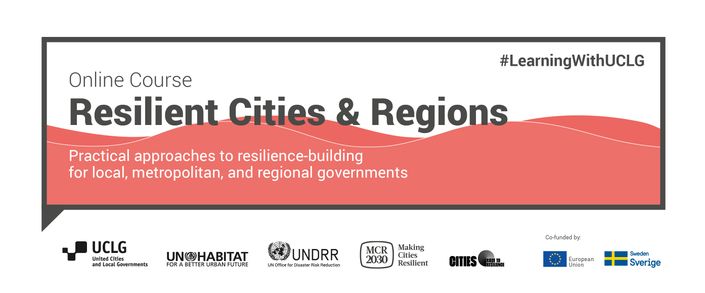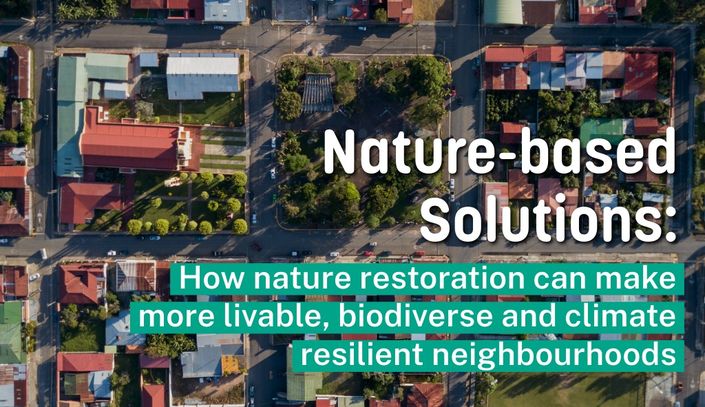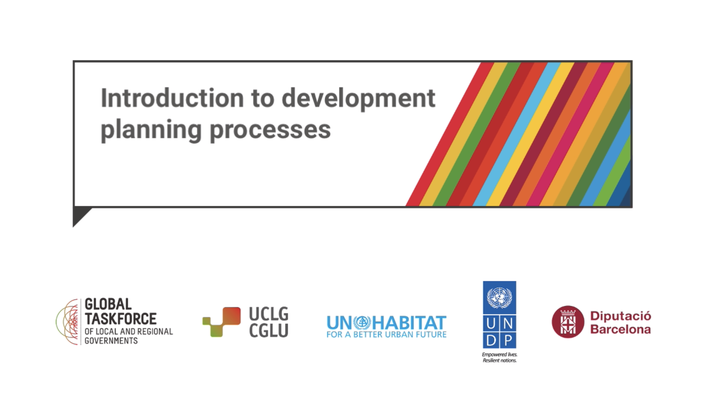Is your city ready for the future?
Cities worldwide will accommodate an additional 2 billion people by 2050, with 95% of this growth occurring in the Global South. A great part of this expansion is occurring in cities already exposed to multiple hazards - such as earthquakes, floods, volcanoes, and landslides - often with little consideration for the city’s specific hazard profile or geographical characteristics.
As we look towards the future, we need alternative ways of conceiving and managing space and time in our cities and territories, and lasting alliances that stem from local level to address existing inequalities and vulnerabilities.
The Tomorrow’s Cities approach introduced in this course can play an important role in achieving this.
Bringing global science to the ground, involving politicians, planners, scientists and local communities to share their future visions and analyze how these visions translate in terms of disaster risks using real life scenarios, the methodology can help your city, and most importantly, your citizens, to better understand and reflect on how today’s decisions might shape the risks and vulnerabilities of tomorrow.
Why take this course?



Curriculum
All contents will be published after the launch webinar on the 5th of December, 2024.
Access the "Course preview" lesson to register for the webinar.

Other relevant courses
Explore these other #LearningWithUCLG free online courses that can help advance
your city's efforts towards more resilient, inclusive and sustaineble communities.





